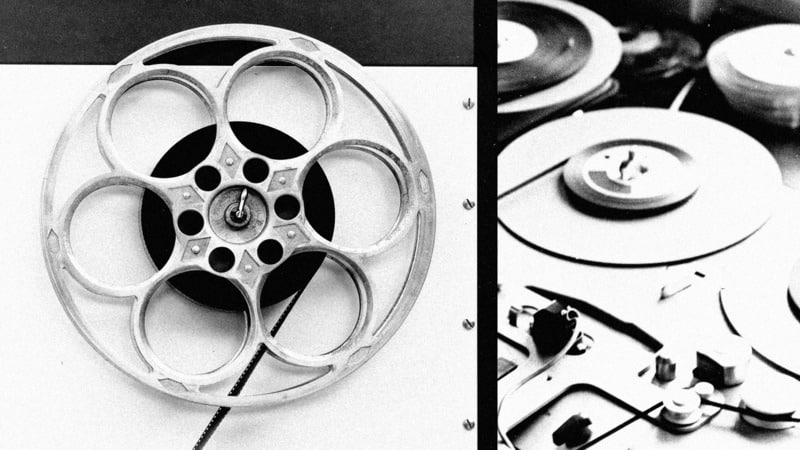Technology is becoming increasingly integrated into everyday life, and our time spent interfacing with media continue to impact our real-life interactions. On many levels, sound plays a big role in our experience of both worlds, contributing to the ways we navigate, orient, and immerse ourselves within artificially constructed spaces.
As a composer and visual artist, Seth Cluett studies sound and its properties, exploring how it amplifies realism inside virtual simulations. Sound can be manipulated to echo memories, bringing evocative images to the surface of the listener’s mind. In his research examining the relationship between sound and sensory perception, Cluett is discovering exciting applications of sound design, particularly the ways it can strengthen a sense of connection to one’s immediate surroundings and even communities.
We reached out to Cluett to find out more about the fascinating ties between computer music, VR, and how acoustics capture and evoke layers of feeling and dimension to digital environments.

How have your studies of computer music informed the techniques you use when you’re working on a new composition?
Computer music encourages an exploration of sound at its most granular level – you have to think about the smallest building blocks because you don’t get anything for free when you start from scratch — this means that you constantly have to oscillate attention from a microscope-level view to helicopter-level attention and it’s that sort of perspective shift that helps structure and control energy, attention, and momentum in music and sound pieces.

In your research, you’ve investigated the dynamics of virtual and augmented reality acoustics. Based on your findings, what are some of the implications you’ve seen so far?
For complete immersion in the world, sound plays a crucial but often overlooked role. Of course, many of the things you see make sound and those sounds are necessary for the suspension of disbelief, but even MORE important is the subtle spatial cues that give you a sense of space and place in a virtual world — sound design has known this for years, but AR and VR technology is just now catching up to this and I’m seeing the design and implementation of tools for spatial audio as an exciting new terrain to be explored.
With technology changing at a rapid pace, how do you imagine sound art (or media art in general) will evolve in the future? What emerging trends do you see shaping or transforming these fields?
Sound art and media studies have been pointing to this issue for quite some time, with artists and theorists drawing attention to the detrimental effects of media devices on our attention and shifts in our senses. I think technology is reaching a limit condition where people are starting to not want their lives mediated entirely by devices, you can see hints at this across all social media and the youngest generations – those that were raised with screens are starting to reject social media.
What recent discoveries or advancements in the realm of digital arts are you most excited about right now?
I think the most exciting thing in digital arts is the re-embodiment of human attention through haptics, the sense of touch, that makes technology FEEL like something, and augmentations and enhancements to the real world through sonic and image overlays, this means we’re in THE WORLD and not trying to escape it.

What’s next in line on your project list?
I’m working on a sound installation that will tour the world in a group exhibition next year that uses sculptural modifications [of] a television and some loudspeakers to draw attention to ecological issues facing our planet.
Got any advice for students and professionals who want to get more involved in experimental music?
Experimentation is a mindset – it’s an openness to the world as it could, that makes space for the possibility of change. Experimenting for the sake of experimentation is fun, but developing an experimental mindset is a way to use your creativity in domains outside music. Experimental music can be an end in itself, but being experimental can apply to every potential field you might pursue professionally.
To learn more about experimental techniques in sound design, check out Seth’s course now open for enrollment:

Experimental Foundations for Sound Design
Columbia University in the City of New York